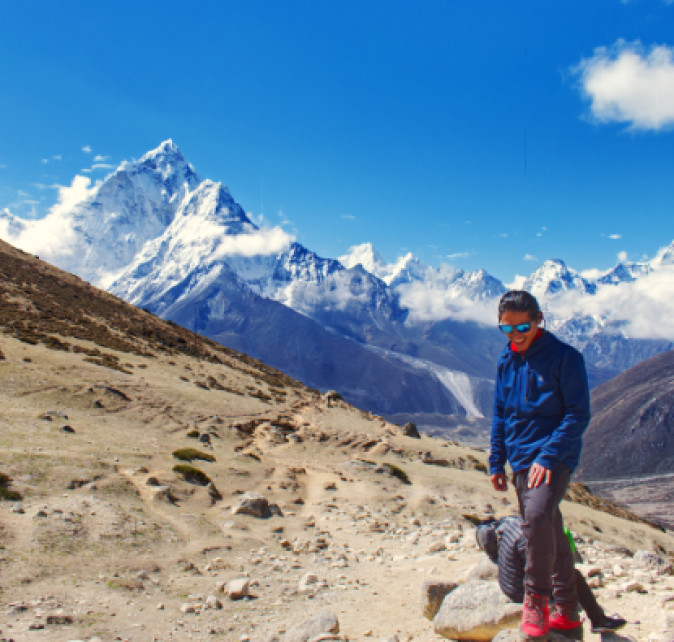Welcome to India—a land of vibrant culture, diverse landscapes, ancient history, and rich traditions. From the bustling streets of Delhi to the serene beaches of Goa, India offers a treasure trove of experiences. Whether you’re a first-time visitor or a seasoned traveler, our guide will help you navigate your adventure through this fascinating country with ease and confidence.
1. Visa and Entry Requirements for India
How to Get an Indian Visa
Most visitors to India require a tourist visa, which can be obtained through the Indian Visa Online Application portal or at Indian embassies worldwide. You can also apply for an e-Visa for short stays.
Visa Fees:
-
30 days: $10–$25 USD (depending on nationality)
-
60 days: $40–$60 USD (depending on nationality)
Visa on Arrival: Available for citizens of select countries, including Japan, South Korea, and Singapore.
Visa Extension: Extensions are not allowed for tourist visas. You’ll need to apply for a new visa if you wish to stay longer.
For the most up-to-date visa information, visit the Indian Visa Website.
2. Currency, Money & ATMs in India
Currency: The official currency of India is the Indian Rupee (INR). Currency exchange is available at banks, hotels, and exchange booths in most cities.
ATMs: ATMs are widely available in major cities like Delhi, Mumbai, Bangalore, and Goa. Smaller towns may have fewer ATM options, so always carry extra cash if you plan to visit remote areas.
Credit Cards: Major credit cards are accepted at hotels, restaurants, and shopping malls in larger cities. However, carry cash for rural areas or smaller establishments.
3. Language Tips: Basic Hindi Phrases
India is a multilingual country with 22 official languages, but Hindi and English are widely spoken in most tourist areas. Learning a few basic words in Hindi can enrich your experience.
-
Namaste – Hello
-
Shukriya – Thank you
-
Aap kaise hain? – How are you?
-
Good Morning – Subah Bakhair
-
Good Night – Shubh Raatri
4. Health & Safety: What to Know Before You Go
Vaccinations
Before visiting India, ensure that your routine vaccinations are up-to-date. You may also need to consider vaccines for Hepatitis A, Hepatitis B, Typhoid, and Malaria, especially if you’re traveling to rural areas.
Altitude Sickness
If you plan to trek in the Himalayas (such as in Leh or Manali), take precautions for altitude sickness. Acclimatization is crucial to avoid any health issues. Drink plenty of water, take it slow, and avoid alcohol.
Drinking Water
Tap water in India is not safe to drink. Always opt for bottled water and ensure the seal is intact before opening. Consider carrying a water purifier for longer trips.
Healthcare
India has a range of internationally accredited hospitals in major cities. For serious medical emergencies, evacuation may be required.
7. Electrical and Connectivity Tips
Voltage: India uses 230V, 50Hz electrical power with Type C, D, and M plugs. If your devices have different plug types, bring an adapter.
SIM Cards & Wi-Fi: SIM cards for local networks such as Airtel, Jio, and Vodafone can be purchased at the airport or local shops. Wi-Fi is available at most hotels and cafes, though it may not be reliable in remote areas.
8. Domestic Luggage Allowance
For domestic flights in India, the typical luggage allowance is:
-
Checked Luggage: 15 kg per person
-
Carry-On: 7 kg
-
Excess Baggage: Charges apply if your baggage exceeds the limit.
For trekkers, your main luggage is stored in your hotel while you carry a small daypack for your adventure.
9. Final Tips for a Safe and Enjoyable Trip
-
Travel Insurance: Ensure your travel insurance covers trekking, medical emergencies, and evacuation.
-
Respect Local Culture: India is a deeply spiritual and traditional country. Be respectful when visiting sacred places and interacting with locals.
-
Stay Hydrated: India’s heat can be intense, especially in the summer months. Carry a water bottle and stay hydrated.
-
Tipping: It’s customary to tip in restaurants, hotels, and to tour guides.

